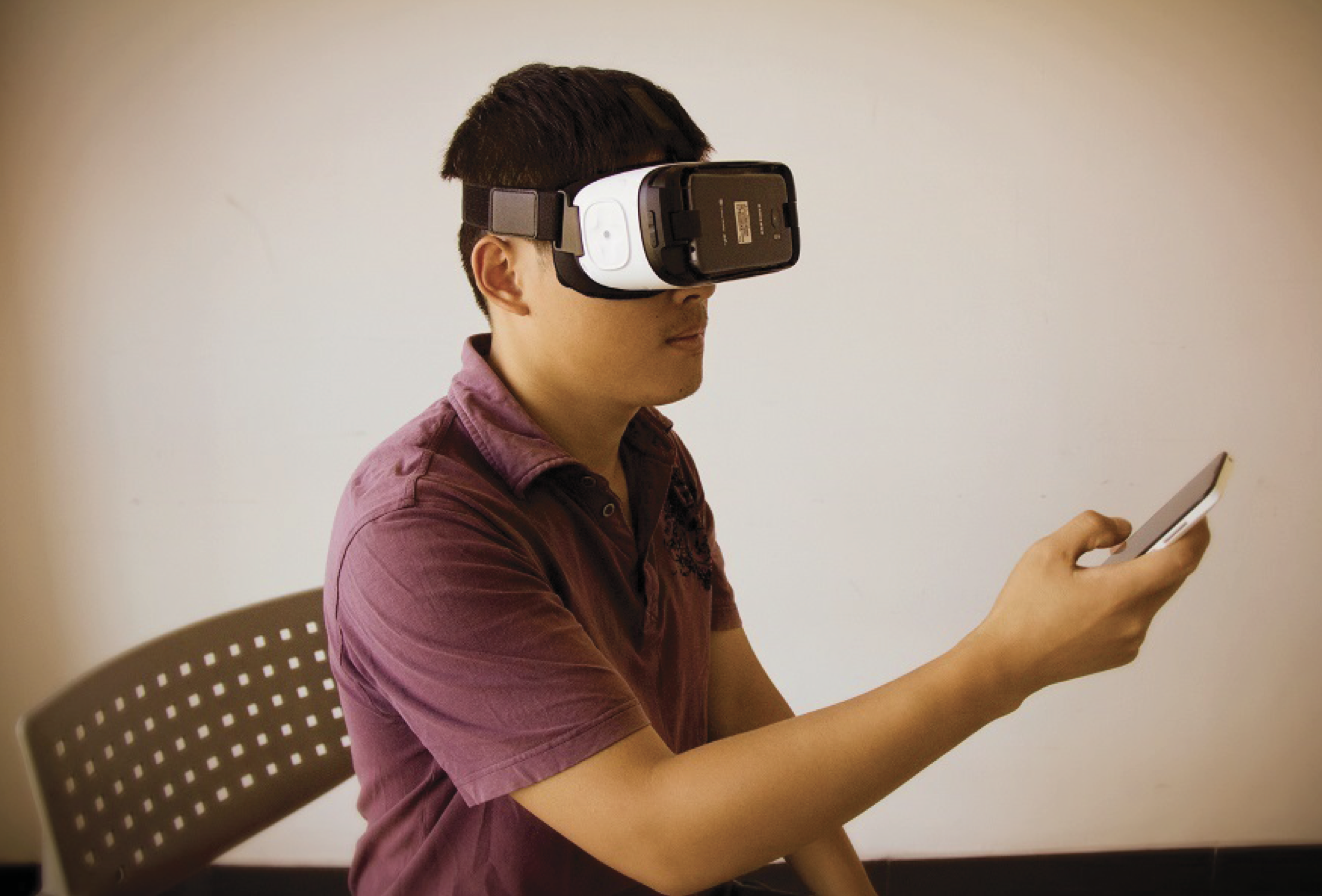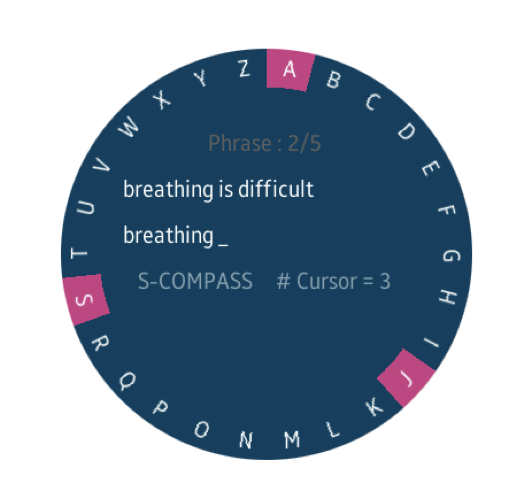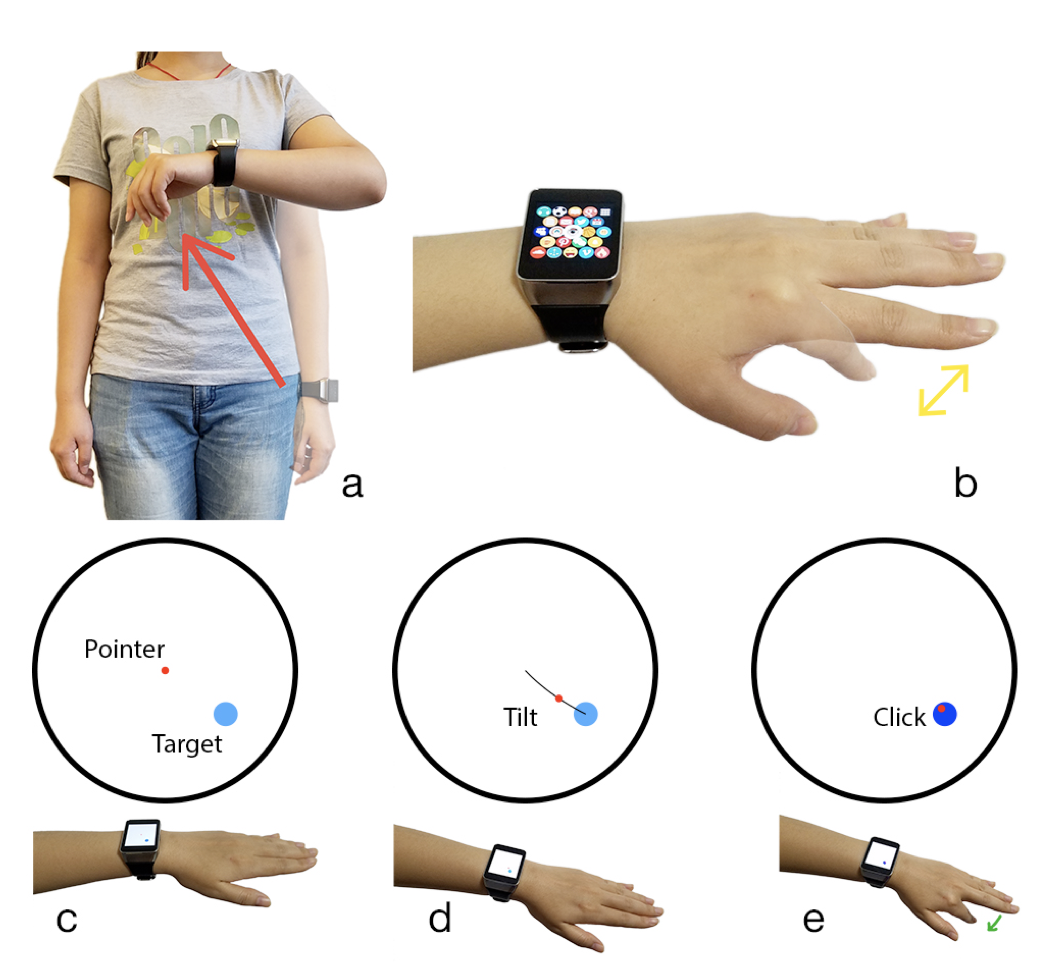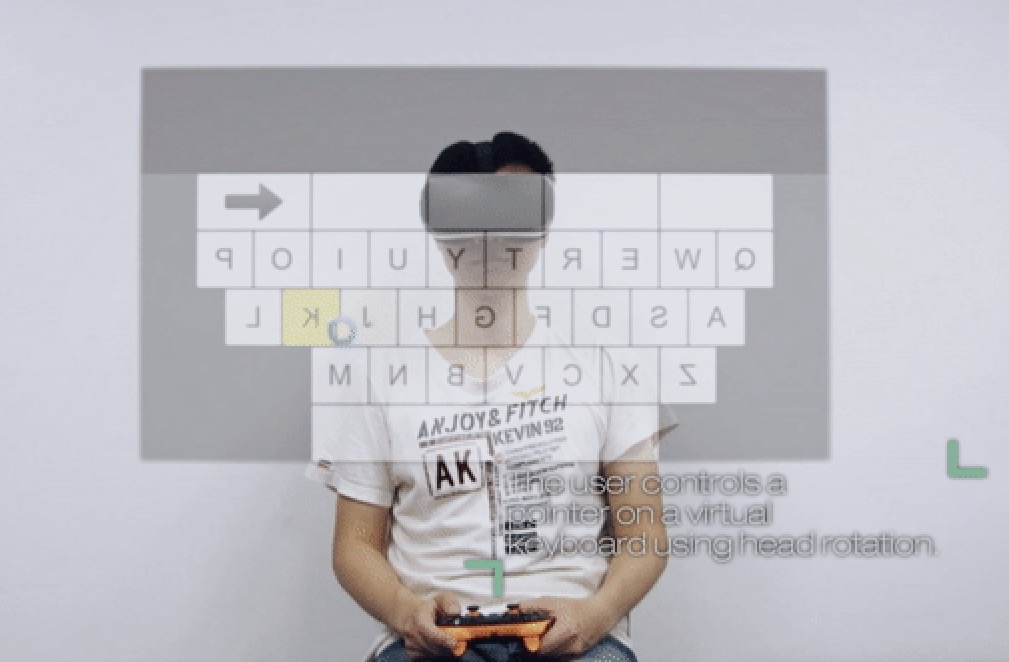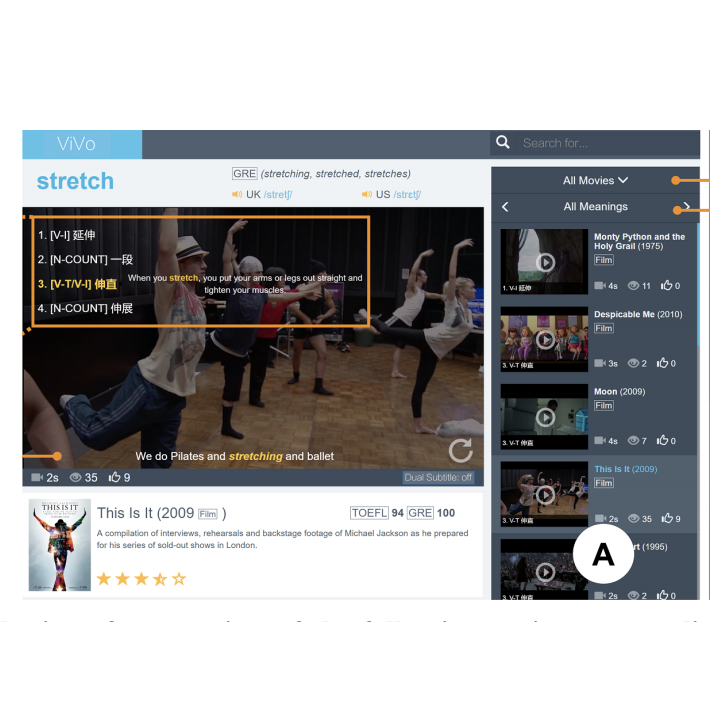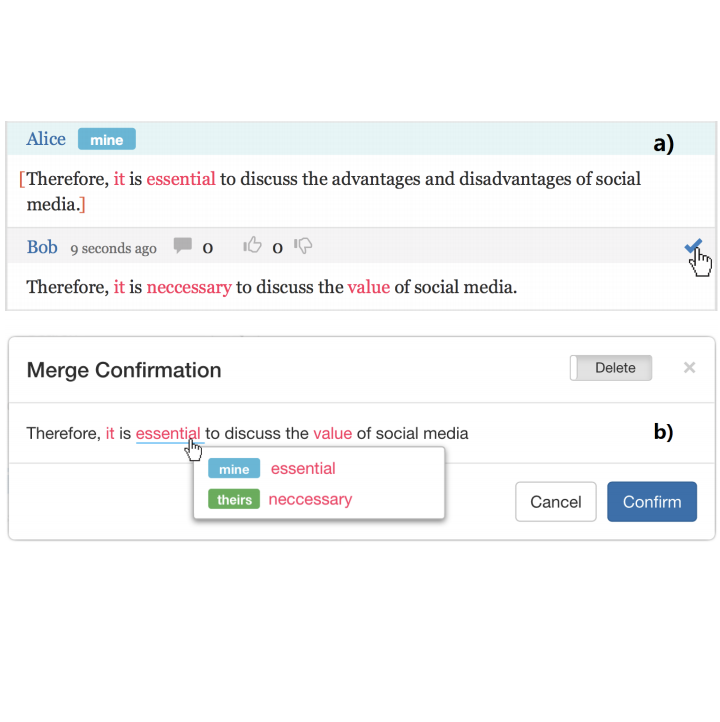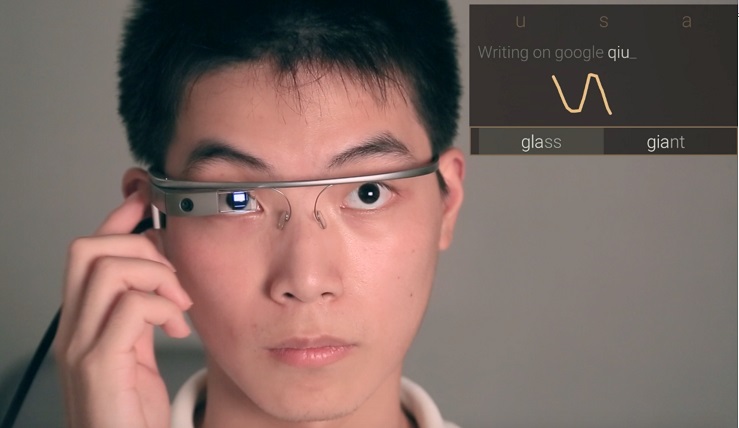论文成果 / Publications
2017
BlindType: Eyes-Free Text Entry on Handheld Touchpad by Leveraging Thumb's Muscle Memory
Abstract
Eyes-free input is desirable for ubiquitous computing, since interacting with mobile and wearable devices often competes for visual attention with other devices and tasks. In this paper, we explore eyes-free typing on a touchpad using one thumb, wherein a user taps on an imaginary QWERTY keyboard while receiving text feedback on a separate screen.
Is it too small?: Investigating the performances and preferences of users when typing on tiny QWERTY keyboards
Abstract
Typing on tiny QWERTY keyboards on smartwatches is considered challenging or even impractical due to the limited screen space. In this paper, we describe three user studies undertaken to investigate users’ typing abilities and preferences on tiny QWERTY keyboards.
COMPASS: Rotational Keyboard on Non-Touch Smartwatches
Abstract
COMPASS is a non-touch text entry technique on smartwatches. It positions multiple cursors on the keyboard, with dynamic-optimization to minimize rotational distance. User reached 12.5 WPM after 90-minute practice.
Float: One-Handed and Touch-Free Target Selection on Smartwatches
Abstract
We present Float, an interaction technique that enables one-handed and touch-free input on smartwatches based on a combination of wrist tilt and PPG finger gestures.
Tap, Dwell or Gesture?: Exploring Head-Based Text Entry Techniques for HMDs
Abstract
We investigated three head-based text entry techniques for HMDs: DwellType, TapType and GestureType. We found gesture typing on HMD using head achieved 25 words per minute.
ViVo: Video-Augmented Dictionary for Vocabulary Learning
Abstract
We present ViVo, a novel video-augmented dictionary that provides an inexpensive, convenient, and scalable way to exploit huge online video resources for vocabulary learning. ViVo automatically generates short video clips for learning from existing movies.
Word Clarity as a Metric in Sampling Keyboard Test Sets
Abstract
We formally define word clarity, and show that it yield 26.4% and 25% difference in error rate and input speed respectively. We propose a Pareto optimization method for sampling test sets with different sizes.
CEPT: Collaborative Editing Tool for Non-Native Authors
Abstract
Due to language deficiencies, individual non-native speakers (NNS) face many difficulties while writing. In this paper, we propose to build a collaborative editing system that aims to facilitate the sharing of language knowledge among non-native co-authors, with the ultimate goal of improving writing quality. We describe CEPT, which allows individual co-authors to generate their own revisions as well as incorporating edits from others to achieve mutual inspiration.
2016
One-Dimensional Handwriting: Inputting Letters and Words on Smart Glasses
Abstract
We present 1D Handwriting, a unistroke gesture technique enabling text entry on a one-dimensional interface. The challenge is to map two-dimensional handwriting to a reduced one-dimensional space, while achieving a balance between memorability and performance efficiency. After an iterative design, we finally derive a set of ambiguous two-length unistroke gestures, each mapping to 1-4 letters. To input words, we design a Bayesian algorithm that takes into account the probability of gestures and the language model. To input letters, we design a pause gesture allowing users to switch into letter selection mode seamlessly. Users studies show that 1D Handwriting significantly outperforms a selection-based technique (a variation of 1Line Keyboard) for both letter input (4.67 WPM vs. 4.20 WPM) and word input (9.72 WPM vs. 8.10 WPM). With extensive training, text entry rate can reach 19.6 WPM. Users' subjective feedback indicates 1D Handwriting is easy to learn and efficient to use. Moreover, it has several potential applications for other one-dimensional constrained interfaces.
